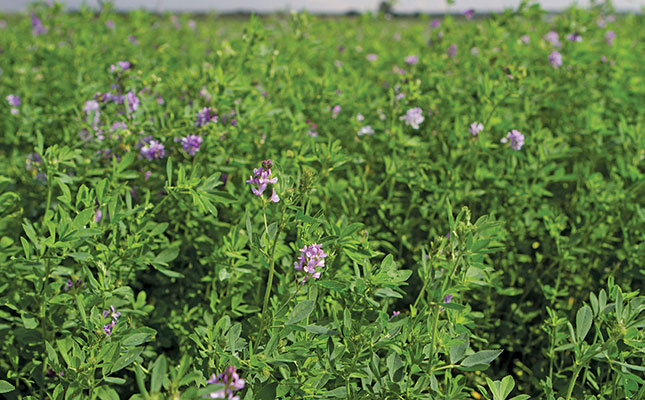
The ongoing drought has resulted in a shortage of lucerne across the country, with increased prices making it unaffordable for many producers.
This was according to Thinus van Zijl, CEO of Agri Gauteng, who said: “A lot of lucerne is exported to Namibia due to the drought conditions there, which causes a shortage of lucerne that is delivered to Gauteng from outside the province.”
The bulk of the lucerne produced in South Africa came from the Northern and Eastern Cape, and according to Van Zijl, one of the reasons for the lucerne shortage in Gauteng was the extremely high demand from other provinces due to the drought, as well as increased drought assistance provided to drought-stricken regions.
In addition, the demand for lucerne in these regions had increased for the manufacture of drought rations by feed companies.
A lot of lucerne is [also] exported to the Middle East for the equine industry there.” Van Zijl said the demand for lucerne by this industry, as well as private horse stables in Gauteng, was also increasing, which contributed to the shortage.
Lucerne cultivation in the country’s largest production areas only started recently, and the drought conditions and shortage of water for irrigation had resulted in less lucerne being planted, while lower yields were being achieved due to the quality of water.
“The available land we have for lucerne [cultivation] needs to be utilised to its fullest potential; [it is expected that] the conditions should improve within the next two to three months,” he said.
The average production potential was between 16t/ha to 20t/ha per season, and the outlook for prices was above average, he said.











